The Shang dynasty ruled a part of China, probably from around 1600 BC to 1046 BC, with its empire being centered in North China Plain. Though Shang era had been mentioned in ancient Chinese literature, concrete evidence of the existence of the dynasty was provided by archaeological finds in late 19th and the 20th century. Many developments took place during the Shang era including the earliest known Chinese writing, a highly developed calendar, a number system and the first use of chariots in China. Also artifacts suggest that bronze casting and jade carving reached unprecedented heights during their reign. Know more about the contributions of Shang dynasty of China by studying its 10 major achievements.
#1 THERE WAS DEVELOPMENT OF A STRATIFIED GOVERNMENT
The Shang dynasty is the earliest Chinese dynasty for which there is both documentary and archaeological evidence. However, many scholars believe in the existence of the preceding Xia dynasty. Still it is considered that Shang controlled much more area than Xia thus becoming the first dynasty to bring a considerable part of China under the rule of one king. Shang was also the first dynasty to have an organized political system with multi-level ranks and many specialized functions and jobs.
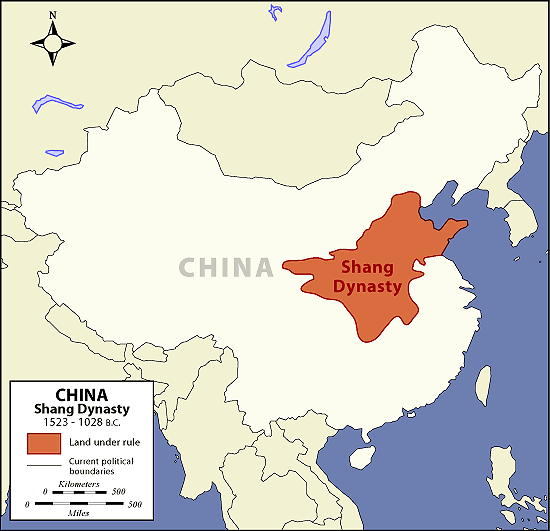
#2 THE EARLIEST KNOWN WRITING IN CHINA IS FROM SHANG DYNASTY
During the Shang dynasty characters were carved on animal bones in order to frame questions regarding the future like “Will the king have a son?”, “Will it rain tomorrow?” etc. The bones were then heated over a fire and the resultant cracks were interpreted by a diviner to determine the answer. These oracle bones of the Shang era are the earliest example of Chinese writing.
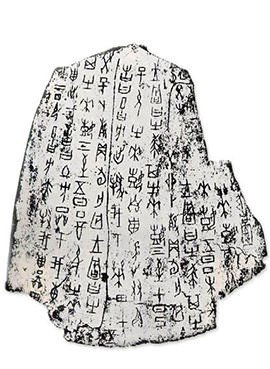
#3 SOME CHARACTERS OF THE WRITING SYSTEM OF SHANG ARE STILL IN USE
The refined writing system of Shang is perhaps its most significant achievement. Apart from the oracle bones, writings were carved on stones, bronze items etc. There were over 2000 symbols in their writing system. Although writing has since evolved in China, many current Chinese characters can been traced back to the Shang Dynasty.
#4 BRONZE PRODUCTION REACHED UNPRECEDENTED HEIGHTS
Shang dynasty period corresponded with the Bronze Age in China. It was during the Shang era in China that bronze rose in popularity and represented wealth, luxury and power. The enormous quantity of bronze found at Shang archaeological sites must have required a large force to mine, refine and transport the necessary copper, tin, and lead ores to form bronze, which is an alloy. The Shang royal court required a vast amount of bronze for ceremonial vessels to perform rituals like divination. Bronze was also used for producing weapons.

#5 BRONZE CASTING REACHED ITS PINNACLE
The artistry and workmanship of bronze objects from the Shang dynasty indicate their mastery of bronze technology. The technological feature which distinguishes Shang bronzes from those found elsewhere is the advanced technique of casting as opposed to hammering. The Shang perfected a complicated process, known as piece mold casting, which involved creating a mold of clay, carving a design, pouring molten bronze into the mold, cracking the mold and finally adding handles. Some of the bronze objects of Shang dynasty represent the most remarkable achievement in the history of metal-craft before modern times.

#6 THERE WERE NOTABLE ADVANCES IN JADE CARVING
Jade is an ornamental rock. It is the primary hard-stone of Chinese sculpture and carved-jade objects are equated with purity and indestructibility in China. There were notable advances in Jade carving during the Shang dynasty and the art gained in importance. Jade was used to make ceremonial weapons; and fittings for actual bronze weapons were also carved from jade. Jade figurines included both human and animal shapes, carved in the round in careful detail.
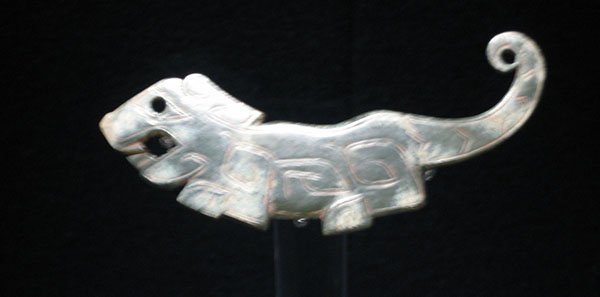
#7 CHARIOT WAS FIRST USED IN CHINA IN THE REIGN OF WU DING OF SHANG
Advancement in bronze technology improved the weaponry of the Shang military handing them an advantage over their enemies. Weapons used by them included spears, pole-axes, pole-based dagger-axes, composite bows, and bronze or leather helmets. The earliest archaeological evidence of chariots in China dates to the rule of King Wu Ding of the late Shang dynasty whose reign lasted from approximately 1250 to 1192 BC.
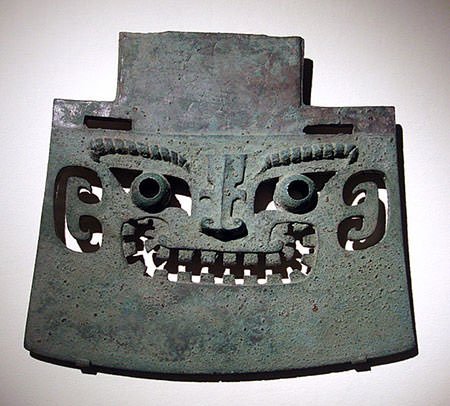
#8 THE SHANG HAD A NUMBER SYSTEM AND WERE ABLE TO RECORD ECLIPSES
In mathematics, the Shang could denote numbers as high as 30,000. They had the preliminary capability to calculate and had a notion of odd, even and multiple numbers. Numerous records about solar eclipse, lunar eclipse and nova have been found from the Shang era indicating the proficiency of Shang astronomers. Other achievements in astronomy include observations of Mars and various comets. An excavated convex mirror from Shang era, which can mirror the whole face of a person, shows that they also had some knowledge of optics.
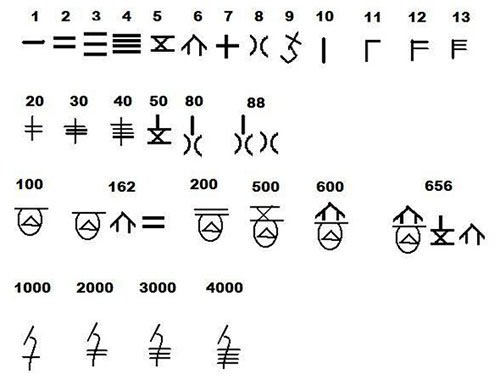
#9 THEY HAD A HIGHLY DEVELOPED CALENDAR WITH INTERCALARY MONTHS
The Shang had a highly developed calendar system with a 360-day year of 12 months of 30 days. It took into consideration both lunar and solar cycles. Hence, intercalary month, a month inserted into the calendar to harmonize it with the actual solar year, was added as the 13th month every few years. This is the origin of an intercalary month in Chinese history, which laid down the foundation for the traditional Chinese calendar.
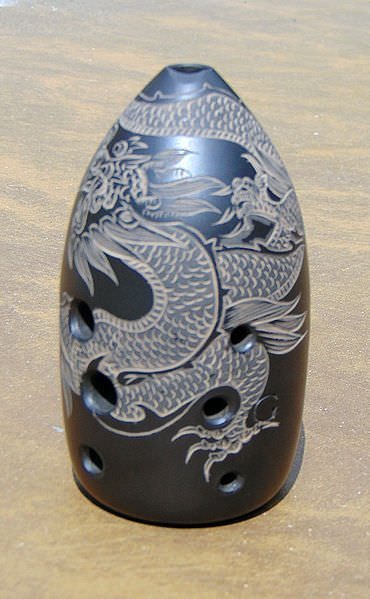
#10 THERE WAS GREAT PROGRESS IN THE FIELD OF MUSIC
Musical instruments were well developed even in the early period of Shang dynasty indicating they had been passed on from an earlier period. However improvement in bronze technology and other fields brought a further improvement in them. Instruments of the period include clay ocarina, tuned chimes of stone, and bells and drums of bronze. The structure of Chinese instrument Xun (a globular, vessel flute) as we know it today was standardized during the Shang dynasty.

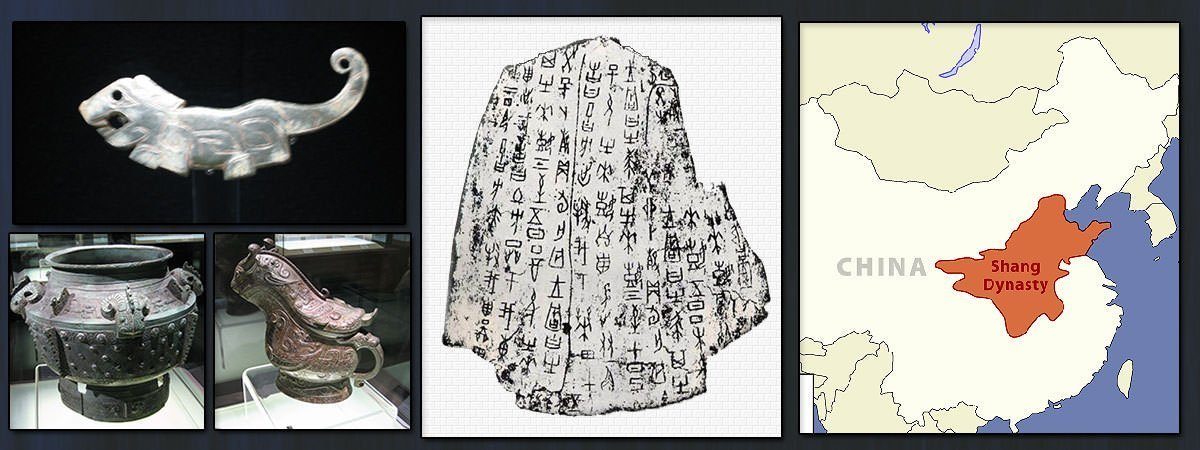
there are a couple typos in the this section.